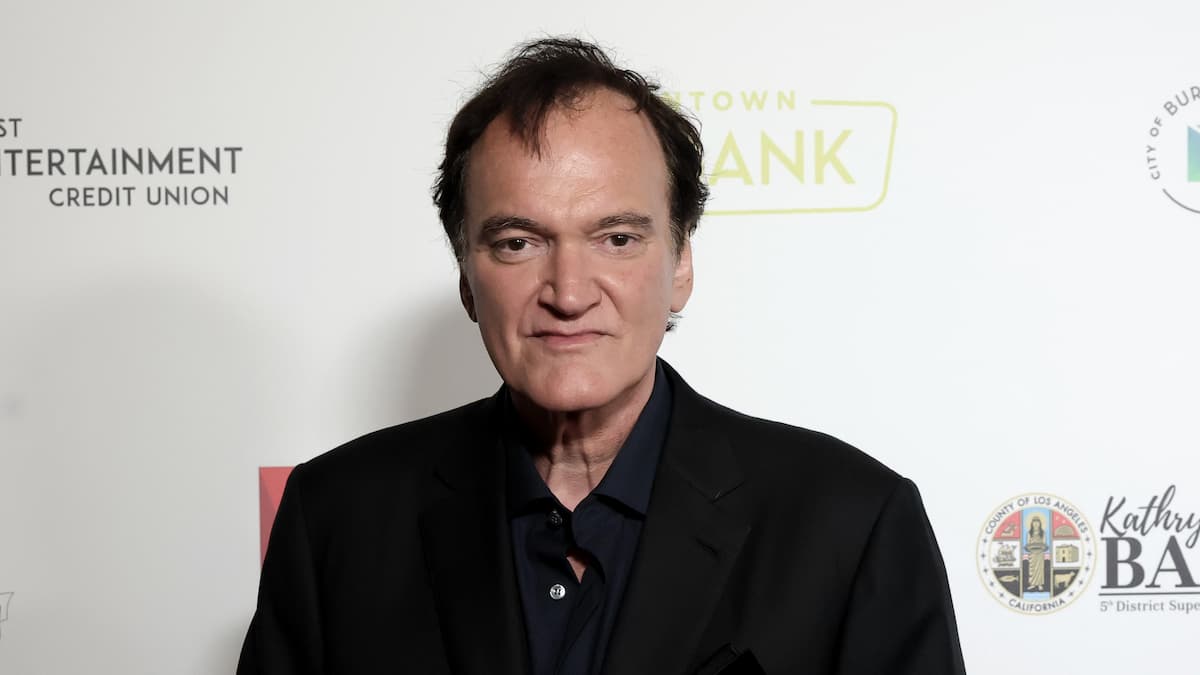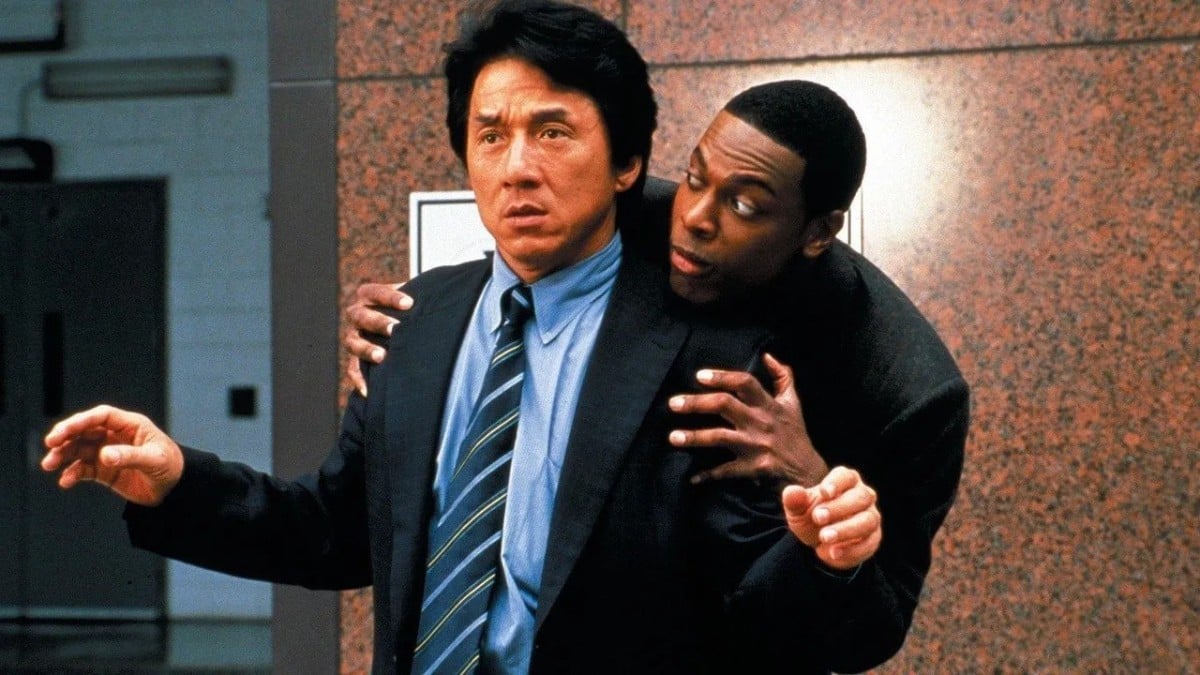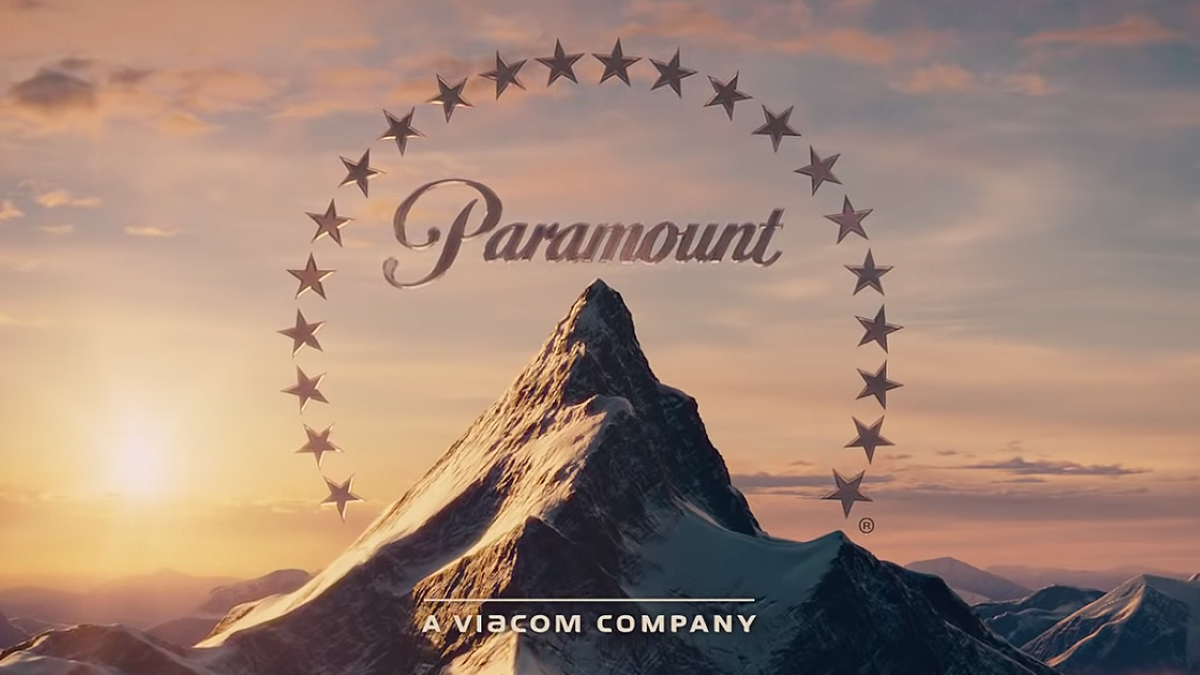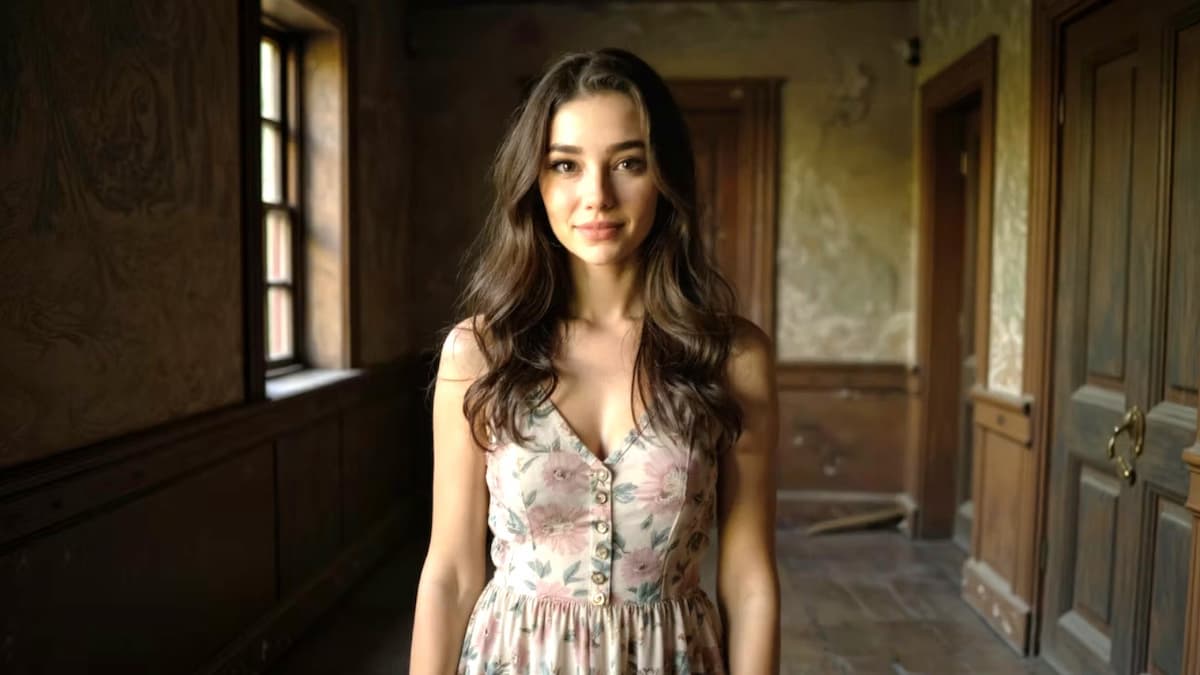
It is not surprising that documentarian Albert Maysles thought that fashion icon Iris Apfel would make a compelling subject for a film. Both artists kept on working late into the twilight of their careers, confounding expectations. Maysles, who died in March at the age of 88, will forever be one of the non-fiction film’s greatest forerunners, responsible for such indelible works as Gimme Shelter and Grey Gardens. Apfel, now 93, still works tirelessly and continues to be a no-holds-barred trendsetter of the New York fashion scene. Long beyond their time, both Maysles and Apfel will be immortalized by aspirants of the art form they championed.
With the exception of In Transit, which premiered at the Tribeca Film Festival in April, Iris marks Maysles’ last film. And while it may have a master both in front of and behind the camera, despite its often-effortless entertainment, this is a minor work. Nevertheless, Apfel is a terrific subject, lively and vibrant on film despite her 90-plus years. This portrait makes up in exuberant spirit what it lacks in insight.
How big of a deal is Apfel to the fashion world? Well, some of the people wheeling her down the sidewalks of the Upper West Side are the world’s most in-demand designers. In her eighties, Apfel and her insatiable flair for dress-up became the focus of a high-profile exhibition at the Metropolitan Museum of Art – one that was such a word-of-mouth hit, it expanded to several other cities. Even photographer Bill Cunningham lovingly profiled her (and she also appeared in Richard Press’s 2010 documentary about him). She is still so in-demand that the phone often rings as Maysles’ camera rolls, interrupting the scene.
Iris chronicles many of these aforementioned publicized events, yet there is a wealth of biography missing. Maysles is a filmmaker who often prefers to bring historical context into his films, such as the ones he made with late brother David, sparingly; however, the quick glimpses we get of Apfel’s early life are too slight for this exploration. One of the only resonating tidbits from her early life: she was continually told that she wasn’t pretty. “I don’t happen to like pretty,” she tells Maysles late in the film. “Most of the world is not with me, but I don’t care.”

Apfel is thin and aged, but still struts around her large Park Avenue apartment with purpose. This queen of couture is also often clothed in garish garb with a multitude of ethnic and culture influences. One of her signatures is wearing lots of heavy, drooping beaded necklaces; sometimes, these are so thick and numerous that it looks as if these accessories are strangling her. Large glasses with round, bug-eye frames are another trademark. Unsurprisingly, she tells Maysles that getting dressed for the party is often more satisfying than the actual party. Walking into a high-end shop, meanwhile, she is enthralled and talkative, gazing around with the glee of a kindergartner at FAO Schwartz.
Even if the film does not do much to chronicle the fashionista’s past as an entrepreneur and eclectic trendsetter, it preserves Apfel’s wit and wisdom. Referring to the wild hues of the outfits she normally wears, both at home and in public, she says, “Color can raise the dead.” On plastic surgery: “Why mess? You don’t know how it’s going to come out… I see no reason for it.” Maysles turned out to be a good match for Apfel. She doesn’t just speak candidly to him when he is behind the lens, but brags to her friends and the people she encounters about the charming director following her around, just as she would tout the merits of a current boyfriend.
Meanwhile, Apfel is a natural screen presence, as evidenced by her poise at various magazine shoots. (How many 90-year-olds do you know that still model?) Maysles makes sure to fill the frame with the kitsch and clothes that pack the rooms of Apfel’s two homes, in New York and Palm Beach. The latter home is full of knick-knacks like ceramic dolls and teddy bears. When she plays with one of the toys in her Florida abode, she gasps in wonder when it springs to life in her hands. She still has the spirit of a little girl in her wonderland of color and kitsch.
Regardless, without looking at her life with much breadth, Iris could have been better as a 40-minute documentary short with a more refined focus. Currently, the doc clocks in at 80 minutes, but could have used more time to explore Apfel’s ascent in the fashion world and her enduring marriage to Carl, 100 and still kicking. Maysles spends a few minutes with Apfel as she flips through photo albums, recollecting her time as an interior designer. However, just as she cuts off her husband when he tries to extol her virtues, Maysles trims pertinent parts of her life that helped to form this still rambunctious, red carpet ready icon. Apfel is a fascinating subject for one of a great director’s last efforts, but the film could have been more singular and insightful.









Published: May 15, 2015 12:28 pm